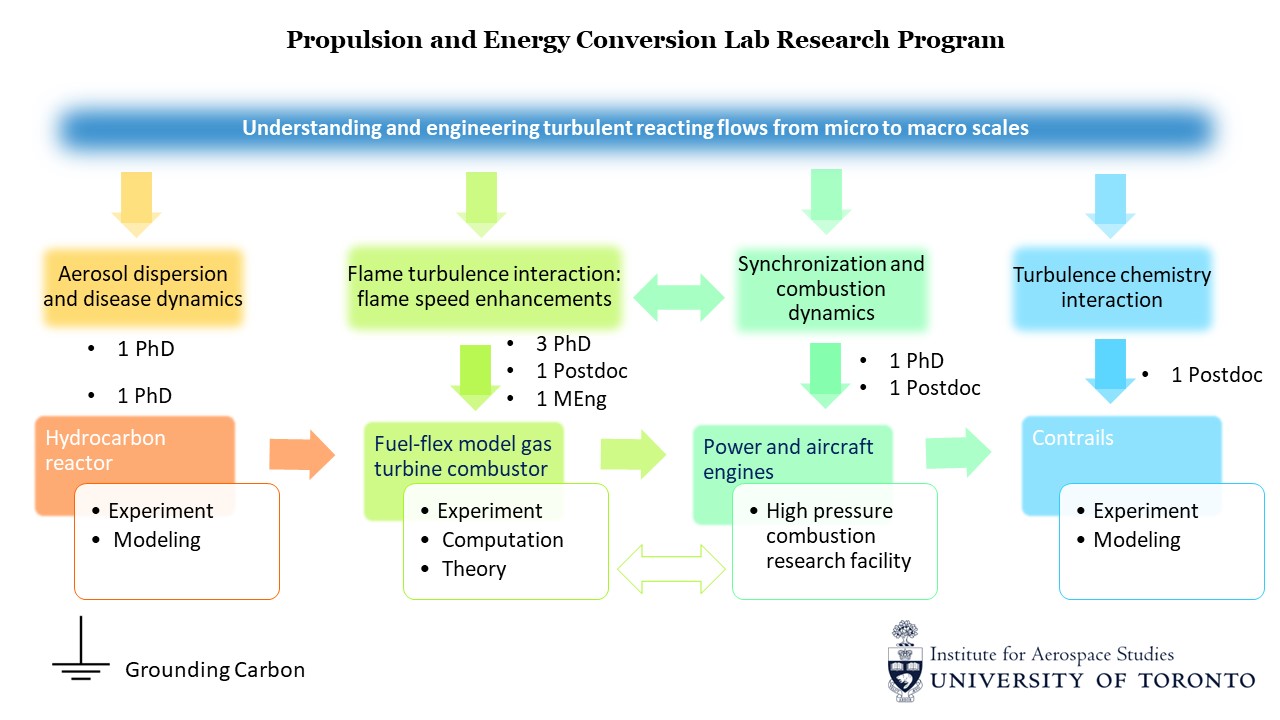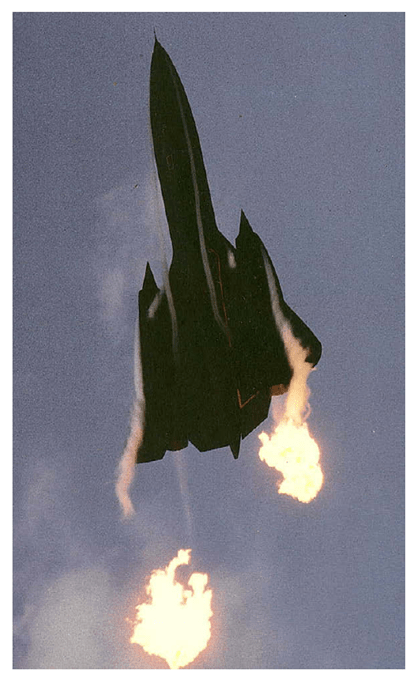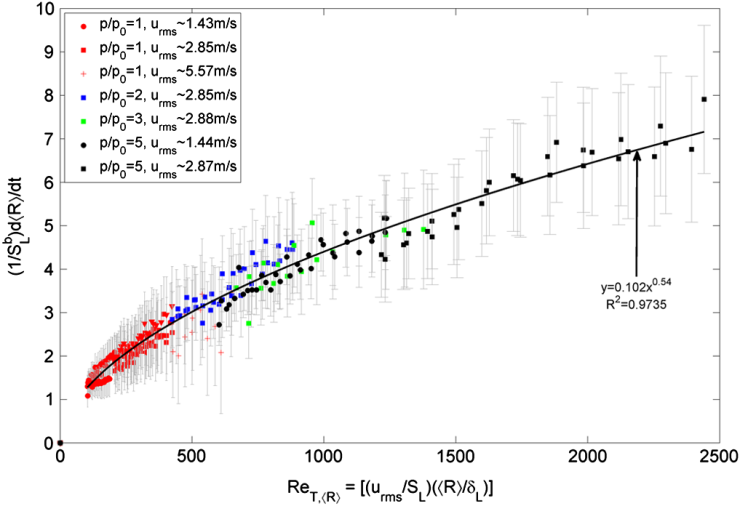Propulsion & Energy Conversion Laboratory
Research
We are thankful to the following organizations for supporting our research program.
- The Natural Sciences and Engineering Research Council of Canada
- Canada Foundation for Innovation
- National Research Council, Canada
- Compute Canada
- Ontario Ministry of Research Innovation and Science
- University of Toronto Institute for Aerospace Studies

Research Overview - Talk at the Combustion Webinar March 2023
Scientific/Technical Achievements:
- Flame Blowoff Mechanism: Applying laser based diagnostics (simultaneous PIV-PLIF) and high speed imaging in a laboratory burner as well as in a prototypical afterburner, we proposed and experimentally validated a new mechanism of lean blowoff of bluff body stabilized turbulent premixed flames. The generality and validity of this blowoff mechanism has subsequently been demonstrated by many groups around the world (Cambridge, Georgia Tech etc.) not only for bluff body flames but even for initial stages of interacting swirl flame blowoff. The series of Combustion and Flame papers on blowoff serve as powerful examples where laser based diagnostics have been used to solve a fundamental combustion problem of industrial relevance and scale.
- Turbulent Flame Speed of Expanding Flames: At Princeton, using theory and experiments we obtained and validated a model for turbulent flame speed – a self-similar scaling relation for turbulent expanding flames over a large range of fuels, pressure and turbulence Reynolds number. Once again, several groups around the world (Taiwan, Georgia Tech, CNRS, Xian) have corroborated this scaling.
- Flame Particle Tracking: At Indian Institute of Science (IISc), we developed Forward Flame Particle Tracking (FFPT): a computational diagnostic for turbulent combustion. We also developed developed its back in time variant: Backward Flame Particle Tracking (BFPT). Applying BFPT on DNS datasets, we have found how the complex topology of the turbulent premixed flames generate at the leading points to evolve and eventually annihilate at the trailing regions of the corresponding surfaces. Development and application of these techniques on in-house computed DNS datasets, have provided unprecedented, causal insights into: flame surface generation, annihilation, flame element dispersion, ignition and extinction in turbulent flows. We have also recently solved how local flame displacement speeds evolve in turbulence by application of the two parameter Markstein length model and our newly developed flame-flame interaction model, validated over atmospheric and elevated pressure premixed flames.
- Local Flame Speeds in Turbulence: Recently, we have shown that in both moderate or intensely turbulent conditions, large enhancement of local flame displacement speed from their standard laminar values result from flame-flame interactions at large negative curvatures. We have also derived an analytical model for such local flame propagation rate as a function of curvature and validated the model using Direct Numerical Simulations of hydrogen-air flames.
- Mitigating Instability by Actuating the Swirler in a Combustor: We were the first to show that in a laboratory combustor the otherwise static swirler could be actuated to a rotary motion, such that the higher intensity turbulence and higher swirl number generated can assist in mitigating thermoacoustic instabilities. However, it was also shown that this mitigation of instability to noise is not abrupt and is characterized by intermittency. A new synchronization model for flamelet oscillators has been proposed that can reproduce the intermittency dynamics. This experimental setup also offers a controlled environment where instability to noise transition, or vice versa, could be precisely inflicted.
- Optically Accessible Supersonic Combustion Facility: At IISc we conceptualized, designed and developed a Mach 2.2, 1kg/s, 1600K stagnation temperature, direct connect supersonic combustion facility, ab-initio. This optically accessible facility is the first of its kind in India and has been commissioned and tested.
- Modeling COVID-19 disease dynamics from aerosol dispersion: We derived an analytical probability density function that could describe the real-world features of overdispersion in Covid-19 infections. A disease spread model based on aerosol and droplet dynamics was also developed from first principles.
These contributions are perhaps reflected by our inclusion in lists of top two percentile scientists (2021-present) in "science-wide author databases of standardized citation indicators".






